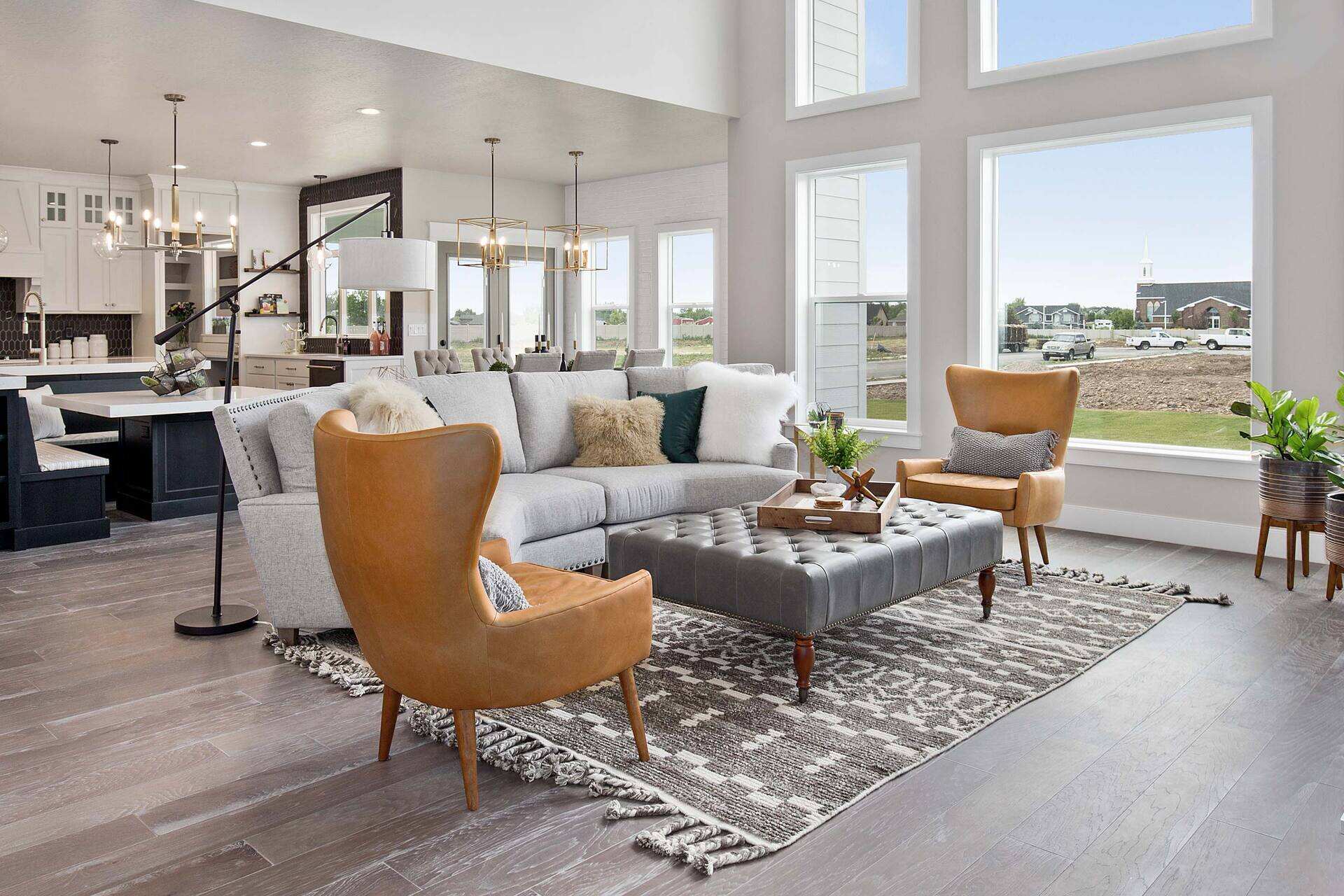

Articles
How To Stage Your Living Room
Modified: October 28, 2024
Learn how to stage your living room with these informative articles. Get tips and ideas to make your living space stylish and inviting.
(Many of the links in this article redirect to a specific reviewed product. Your purchase of these products through affiliate links helps to generate commission for Storables.com, at no extra cost. Learn more)
Introduction
Welcome to the ultimate guide on how to stage your living room! Whether you’re preparing to sell your house, hosting a social gathering, or simply looking to create a more welcoming and aesthetically pleasing space, staging your living room is a key element to consider. By strategically arranging furniture, accessorizing with tasteful décor, and creating a cozy atmosphere, you can transform your living room into a showcase that will impress anyone who enters.
Staging is not just about making your living room look visually appealing, but also about creating a space that feels inviting and functional. When done right, it can make a big difference in how people perceive and experience your home. With a few simple steps and some thoughtful choices, you can elevate your living room to its full potential.
In this guide, we will walk you through each step of the staging process, from clearing out the clutter to selecting the right artwork. So, let’s dive in and learn how to transform your living room into a stylish and inviting space that will leave a lasting impression.
Key Takeaways:
- Transform your living room into an inviting space by decluttering, defining a focal point, arranging furniture strategically, and creating cozy seating areas. Incorporate stylish lighting, tasteful décor, plants, and scents for a harmonious ambiance.
- Elevate your living room with the right artwork, cleanliness, and organization. Infuse your personal style and keep the space fresh and welcoming. Let your living room be a reflection of your creativity and individuality.
Read more: How To Layout Your Living Room
Step 1: Clear out the clutter
The first step in staging your living room is to declutter the space. Clutter can make a room feel crowded and chaotic, detracting from its overall appeal. Start by removing any unnecessary items such as old magazines, knick-knacks, and unused furniture. Clear off coffee tables, shelves, and other surfaces, leaving only a few carefully selected decorative pieces. This will create a sense of openness and enable your key furnishings to stand out.
Consider organizing and storing away any personal items that may distract potential buyers or guests. This includes family photos, personal documents, and excessive collections. By minimizing personal belongings, you allow occupants to envision themselves in the space and create a neutral canvas for staging.
If you have limited storage space, invest in stylish storage solutions like decorative baskets or ottomans with hidden compartments. These can help keep everyday items out of sight, while still maintaining a tidy and organized living room.
Once you have removed the clutter, take a few moments to clean and dust all surfaces. This will ensure that your living room not only looks neat but also feels fresh and inviting. Vacuum the floors, wipe down furniture, and don’t forget to clean any windows or mirrors for added sparkle.
Remember, a clutter-free living room allows the focal points and carefully selected décor to shine. By taking the time to clear out the clutter, you set the stage for the rest of the staging process.
Step 2: Define the focal point
Defining a focal point is crucial in creating a visually appealing and well-staged living room. The focal point is the area or object that draws the attention and serves as the main highlight of the room. It could be a fireplace, a large window with a scenic view, or a stunning piece of artwork.
Identifying the focal point will guide the placement of furniture and the overall arrangement of the room. Start by determining what already exists as a focal point in your living room. If you don’t have one, consider creating one to anchor the space and add interest.
Once you have identified the focal point, arrange the furniture in a way that enhances and complements it. For example, if the focal point is a fireplace, position the seating area in a way that faces it directly. This allows for a natural flow and creates a cozy atmosphere around the fireplace.
If your living room doesn’t have a built-in focal point, you can create one using furniture or décor. A large piece of artwork, a stunning statement wall, or even a well-designed entertainment center can serve as a focal point. Just make sure it’s visually striking and draws the eye towards it.
Remember, the focal point should be the center of attention, so avoid cluttering the area with too many decorations or furniture pieces. Keep it simple and allow the focal point to shine.
By defining and highlighting the focal point in your living room, you create a cohesive and visually appealing space that captures the attention of anyone who enters.
Step 3: Arrange the furniture
Arranging your furniture in a strategic and visually pleasing way is essential for creating an inviting and well-staged living room. The placement of furniture plays a significant role in defining the flow and functionality of the space.
Start by measuring your living room and taking note of any architectural features, such as windows, doors, or built-in shelving units. This will help you determine the best layout and ensure that the furniture is proportionate to the space.
Consider the purpose of your living room and how you want to use the space. Do you want it to be a cozy spot for conversation, a place to relax and watch TV, or a multifunctional area for both? Keep this in mind as you arrange the furniture.
In general, it’s best to create a seating arrangement that encourages conversation and allows for easy movement throughout the room. If space allows, place the largest piece of furniture, such as a sofa or sectional, against a wall to serve as the anchor for the seating area. Arrange chairs and side tables around it, creating a comfortable and cohesive grouping.
Ensure there is enough space between furniture pieces to allow for easy navigation and traffic flow. Avoid overcrowding the room with too much furniture, as this can make the space feel cramped and overwhelming. If you have limited space, consider using smaller-scale furniture or utilizing multifunctional pieces, such as a coffee table with hidden storage or a sleeper sofa.
Don’t forget to consider the visual balance of the room. Distribute the furniture evenly throughout the space and create symmetry when possible. This will create an aesthetically pleasing and harmonious atmosphere.
Once you’ve arranged the main seating area, assess the placement of other key pieces, such as side tables, console tables, and accent chairs. These should be strategically positioned to complement the main seating area and enhance the functionality of the space.
Remember, the arrangement of furniture can greatly impact the overall look and feel of your living room. Take the time to experiment with different layouts until you find the one that works best for your space and desired aesthetic.
Step 4: Create cozy seating areas
A well-staged living room should offer cozy and inviting seating areas that encourage relaxation and socializing. Creating cozy seating areas not only enhances the comfort of the space but also adds a touch of warmth and intimacy.
Start by layering soft and comfortable textiles such as throw pillows, blankets, and rugs on your seating furniture. Choose pillows and blankets in coordinating colors and patterns that complement the overall aesthetic of the room. These textiles not only provide added comfort but also add visual interest and depth to the space.
Consider the arrangement of the furniture and how it facilitates conversation and interaction. Position chairs and sofas facing each other or in a circular formation to create a sense of intimacy and encourage engagement with others. You can also add a coffee table or ottoman in the center to serve as a focal point and provide a surface for drinks or snacks.
Lighting also plays a crucial role in creating a cozy atmosphere. Incorporate soft and warm lighting options such as table lamps, floor lamps, or string lights. Avoid harsh overhead lighting, as it can create a harsh and unwelcoming ambiance. Use dimmers or different light sources to create varying levels of lighting for different moods and occasions.
Incorporate personal touches and elements that add to the coziness factor, such as a reading nook with a comfortable armchair, a side table with a stack of books, or a small shelf with family photos or sentimental items. These personal touches can make the space feel more inviting and personalized.
Lastly, don’t forget to consider the placement of accessories and décor items. Add a cozy and stylish accent rug underneath the seating area to define the space and add texture. Display a tray with candles or a small vase of fresh flowers on the coffee table to create a soothing and inviting ambiance.
By creating cozy seating areas, you provide a comfortable and welcoming environment where people can relax, unwind, and enjoy the company of others.
Read more: How To Declutter Your Living Room
Step 5: Add stylish lighting
Lighting is a crucial element in any well-staged living room. It sets the mood, enhances the ambiance, and highlights the key features of the space. By incorporating stylish lighting options, you can create a visually appealing and inviting atmosphere.
Start by assessing the natural light sources in your living room. Take advantage of any windows, skylights, or glass doors to maximize the amount of natural light that enters the room. Natural light not only illuminates the space but also creates a sense of openness and warmth.
For evening or low-light situations, incorporate a combination of ambient, task, and accent lighting. Ambient lighting provides overall illumination and can be achieved through ceiling fixtures, track lighting, or pendant lights. Ensure that the ambient lighting is soft and diffused to create a warm and welcoming environment.
Task lighting is essential for specific activities such as reading, working, or playing games. Incorporate table lamps, floor lamps, or adjustable sconces near seating areas and workspaces to provide focused lighting where needed.
Accent lighting adds an extra touch of style and highlights specific features or areas within the living room. Use small spotlights or picture lights to showcase artwork, architectural details, or decorative elements. This creates visual interest and draws attention to key focal points.
In addition to the functional aspects of lighting, consider the style and design of the light fixtures themselves. Choose fixtures that complement the overall aesthetic of your living room, whether it’s modern, traditional, or eclectic. Opt for fixtures with interesting textures, unique shapes, or decorative elements that add a touch of personality to the space.
One important tip to keep in mind is to layer your lighting. By combining different types of lighting and using dimmers, you can create various lighting levels to suit different occasions and moods.
Remember, stylish lighting not only illuminates the space but also adds to the overall atmosphere and ambiance of your living room.
Consider the flow of traffic in your living room when staging. Arrange furniture to create a clear path and ensure easy movement throughout the space.
Step 6: Accessorize with tasteful décor
Accessories are the finishing touches that can elevate the overall look and feel of your living room. By incorporating tasteful décor items, you can add personality, style, and visual interest to the space.
When choosing accessories, consider the overall aesthetic and theme of your living room. Whether you prefer a minimalist, bohemian, or traditional look, select pieces that align with your desired style. Avoid going overboard with accessories, as too many can create a cluttered and overwhelming space. Instead, choose a few key pieces that make a statement and add character.
Start by adding decorative items such as vases, sculptures, or unique objects that reflect your personal taste. Mix different textures, shapes, and materials to create visual interest. For example, combine a glass vase with a ceramic sculpture or a woven basket with a metal accent.
Wall art is another great way to accessorize and add personality to your living room. Choose artwork that resonates with you and complements the color palette and style of the space. A large statement piece above the sofa or a gallery wall arrangement can instantly transform the room.
Textiles also play a crucial role in accessorizing your living room. Incorporate throw pillows, curtains, or a stylish area rug that adds color, pattern, and texture. Choose fabrics that are soft to the touch and comfortable, while also complementing the overall design scheme.
Don’t forget about the coffee table and side tables—they provide the perfect opportunity to display tasteful accessories. Arrange books, candles, trays, or small decorative objects to create an inviting and styled vignette. Just be mindful not to overcrowd the surface—keep it balanced and visually pleasing.
Plants and greenery are excellent additions to any living room. They not only add a touch of nature but also breathe life into the space. Place potted plants or fresh flowers in strategic locations, such as on a side table, on a floating shelf, or in a corner. Choose low-maintenance plants that thrive indoors and require minimal care.
Lastly, consider adding a personal touch to your living room with sentimental items or family photographs. Display them in stylish frames or create a dedicated gallery wall that tells a story and adds a sense of nostalgia to the space.
Remember, tasteful décor accessories can enhance the style and personality of your living room, so choose items that reflect your taste and create a cohesive and inviting atmosphere.
Step 7: Incorporate plants and greenery
Bringing the beauty of nature indoors is an excellent way to enhance the visual appeal and create a fresh and inviting atmosphere in your living room. Incorporating plants and greenery not only adds a touch of natural beauty but also provides numerous health benefits, such as improving air quality and reducing stress levels.
Start by choosing a variety of plants that thrive indoors and are suitable for the lighting conditions in your living room. Consider factors such as the amount of natural light, temperature, and humidity levels. Some popular indoor plants that can thrive in various conditions include snake plants, pothos, spider plants, and peace lilies.
Place potted plants strategically throughout the living room to create balance and bring life to different areas. Consider placing larger plants in corners or near windows, while smaller plants can be placed on coffee tables, shelves, or floating wall shelves.
In addition to potted plants, consider incorporating hanging plants. Hanging planters can add a unique and dynamic element to your living room while making use of vertical space. Choose trailing or cascading plants like English ivy or pothos, and hang them near windows or from ceiling hooks.
Another option to add greenery is to include a terrarium or a glass vase with succulents or air plants. These low-maintenance plants can add a modern and stylish touch to your living room while requiring minimal care.
Consider adding plants in different shapes, sizes, and textures to create visual interest. Combine plants with different leaf shapes and colors to create a vibrant and diverse display. Play around with different plant arrangements and groupings to find what works best for your living room.
Maintaining your indoor plants is essential to ensure their health and longevity. Make sure to water them regularly, but avoid overwatering. Dust off the leaves periodically to keep them looking clean and vibrant. If you’re new to plant care, do some research on the specific needs of each plant to provide the right amount of light, water, and humidity.
Incorporating plants and greenery not only adds beauty to your living room but also creates a serene and soothing environment. The natural elements bring a sense of calmness and tranquility, making your living room a peaceful sanctuary.
Step 8: Enhance the ambiance with scents
Creating a well-staged living room goes beyond visual aesthetics. It’s important to engage multiple senses to truly elevate the atmosphere. One way to enhance the ambiance is by incorporating pleasant scents throughout the space. Scents have the power to evoke emotions, set the mood, and create a memorable experience for anyone who enters.
Start by selecting scents that align with the overall theme and desired atmosphere of your living room. The choice of scents can vary depending on personal preference and the mood you want to create. For a fresh and invigorating vibe, opt for citrus or herbal scents like lemon, lavender, or eucalyptus. If you prefer a cozy and comforting ambiance, choose warm and spicy scents like vanilla, cinnamon, or sandalwood.
There are various ways to introduce scents into your living room. One option is to use scented candles or fragrance diffusers. Choose candles with natural and non-toxic ingredients to ensure a safe and healthy environment. Place them strategically on coffee tables, shelves, or side tables to release fragrance and create a soothing atmosphere.
Fragrance diffusers are another effective method to infuse scents into the air. They typically consist of reed sticks placed in scented oil, allowing the fragrance to slowly disperse throughout the room. Experiment with different scents and adjust the number of reed sticks to control the intensity of the fragrance.
If you prefer a more natural and DIY approach, consider using essential oils. Add a few drops of your favorite scent to a diffuser or mix them with water in a spray bottle to create a room spray. You can also place a few drops of essential oil on cotton balls and tuck them behind a radiator or fan to emit a subtle scent.
Remember to be mindful of the potency of the scents and avoid overpowering the space. It’s important to strike a balance and create a pleasant and inviting aroma, rather than an overwhelming one.
Lastly, don’t forget to consider the health and sensitivities of individuals who will be present in the living room. Some people may have allergies or sensitivities to certain scents, so it’s essential to choose scents that are mild and non-irritating.
Enhancing the ambiance with enticing scents adds an extra layer of sensory delight to your living room. It creates a welcoming environment that engages not just the eyes but also the sense of smell, making the space truly memorable.
Read more: How To Update Your Living Room
Step 9: Select the right artwork
The artwork you choose for your living room can greatly enhance its aesthetic appeal and express your personal style. Selecting the right artwork involves considering factors such as size, color scheme, subject matter, and placement. The artwork you choose should complement the overall design of the room and make a statement.
Start by determining the size and scale of the artwork you want to display. Consider the wall space available and the size of your furniture to ensure the artwork is in proportion. A larger statement piece can be a focal point, while a collection of smaller pieces can create a gallery wall.
Consider the color scheme of your living room and choose artwork that complements or adds a pop of color. You can select artwork with colors that match the existing palette or choose contrasting colors to create visual interest. Pay attention to the mood you want to evoke – calming, vibrant, or sophisticated – and select artwork that aligns with that theme.
Subject matter is another important consideration. Think about the overall style and theme of your living room. Are you drawn to abstract art, landscapes, portraits, or something more eclectic? Choose artwork that resonates with you and reflects your personality. Look for pieces that evoke certain emotions or tell a story.
When deciding on the placement of artwork, consider the height at which it will be displayed. Artwork should be at eye level or slightly above when standing. For larger pieces, consider placing them at a lower height if they are intended to be viewed while seated, such as above a sofa or console table.
Grouping artwork is another option to create a dynamic display. You can create a cohesive look by grouping pieces with a similar theme, color palette, or style. Experiment with different arrangements and spacing to find what works best for your living room.
Don’t be afraid to mix and match different types of artwork, such as paintings, prints, photography, or even sculpture. This adds variety and visual interest to your living room walls.
Lastly, remember that artwork is a reflection of your personal taste and style. Choose pieces that you love and that resonate with you. Artwork is not just about decoration, but also about expressing your creativity and individuality.
By selecting the right artwork, you can transform your living room into a captivating and visually engaging space that reflects your unique style and personality.
Step 10: Keep it clean and organized
Maintaining a clean and organized living room is the final crucial step in ensuring that your space is well-staged and visually appealing. A clutter-free and orderly environment enhances the overall atmosphere and allows the key elements of the room to shine.
Regular cleaning and tidying up are essential to keep your living room looking its best. Set a routine for dusting surfaces, vacuuming or sweeping the floors, and wiping down any furniture or fixtures. Pay special attention to high-traffic areas and frequently used items such as coffee tables and entertainment centers.
Establish a designated storage area for items such as remote controls, magazines, and electronic devices. Use decorative storage solutions such as baskets or bins to keep these items out of sight and maintain a clean and organized appearance.
Return items to their designated places after use to prevent clutter from accumulating. Encourage other household members to do the same, so everyone takes responsibility for maintaining an organized living room.
Regularly declutter your living room by removing any unnecessary items that accumulate over time. Donate or discard items that no longer serve a purpose or bring joy to the space. This will help create a sense of openness and allow the focal points and key elements of the room to stand out.
Keep an eye on the condition of your furniture and ensure that it remains in good shape. Regularly clean upholstery, repair any damages, and replace worn-out cushions or pillows when necessary. Keeping your furniture in good condition adds to the overall visual appeal of the living room.
Consider incorporating storage furniture into your living room to help maintain a clean and organized space. Sideboards, ottomans with hidden storage, or bookcases can provide additional storage options for items like books, board games, or extra throw blankets.
Finally, pay attention to the details. Straighten and fluff the cushions, arrange decorative items, and ensure that everything is in its rightful place. A well-maintained living room showcases your attention to detail and creates a lasting impression on anyone who enters the space.
By keeping your living room clean and organized, you ensure that the beauty of the space is not overshadowed by clutter. It allows for a more enjoyable and visually pleasing experience for both you and your guests.
Conclusion
Congratulations! You have successfully learned how to stage your living room like a pro. By following the steps outlined in this guide, you can transform your living room into a visually appealing and inviting space that reflects your personal style and creates a lasting impression on anyone who enters.
Throughout the staging process, you cleared out the clutter, defined the focal point, arranged the furniture, created cozy seating areas, added stylish lighting, accessorized with tasteful décor, incorporated plants and greenery, enhanced the ambiance with scents, selected the right artwork, and kept it clean and organized. Each step played a crucial role in crafting a well-staged and harmonious living room.
Remember, staging your living room is not just about aesthetics but also about creating a space that is functional, comfortable, and inviting. It’s a place where memories are made, conversations are enjoyed, and relaxation is embraced.
As you continue to refine and enhance your living room, don’t be afraid to let your personality shine through. Infuse the space with personal touches, meaningful artwork, and cherished mementos that make it uniquely yours.
Now it’s time to sit back, relax, and enjoy your beautifully staged living room. Whether you’re hosting guests, spending quality time with family, or simply enjoying a quiet evening alone, your carefully curated space will provide the perfect backdrop for making lasting memories.
Remember to periodically update and refresh your living room, adapting it to your changing preferences and needs. With a little creativity and attention to detail, your living room will always feel like a welcoming sanctuary that reflects your personal style and makes you proud to call it home.
Frequently Asked Questions about How To Stage Your Living Room
Was this page helpful?
At Storables.com, we guarantee accurate and reliable information. Our content, validated by Expert Board Contributors, is crafted following stringent Editorial Policies. We're committed to providing you with well-researched, expert-backed insights for all your informational needs.
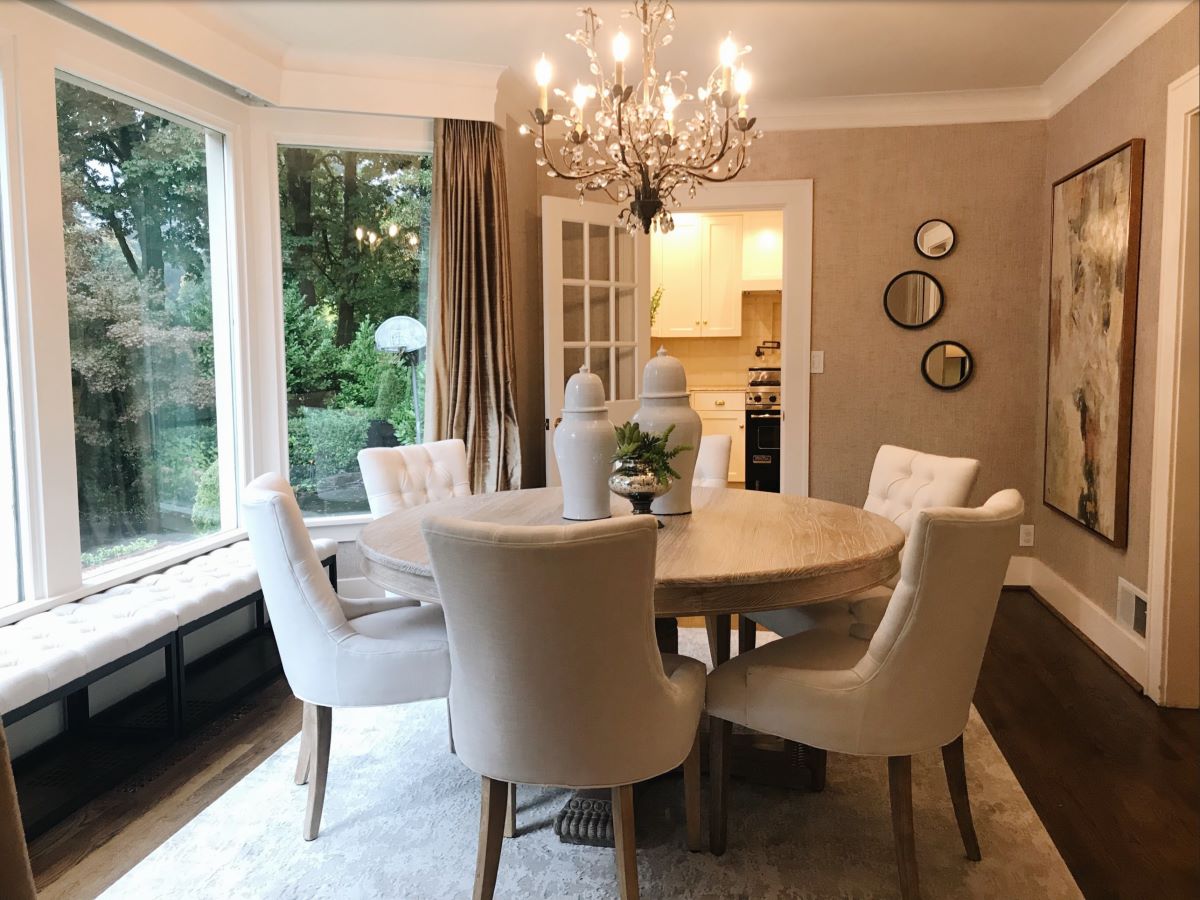
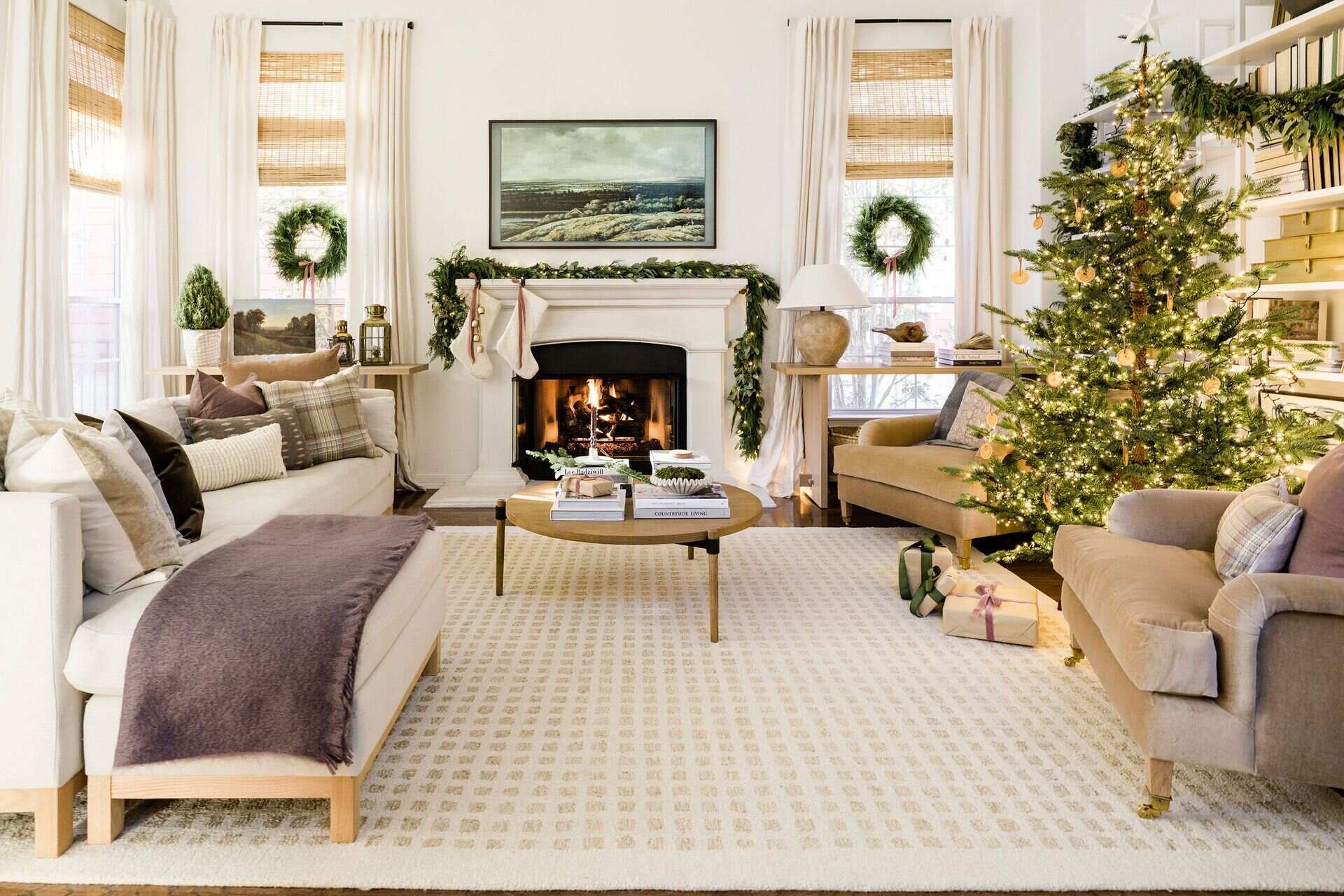
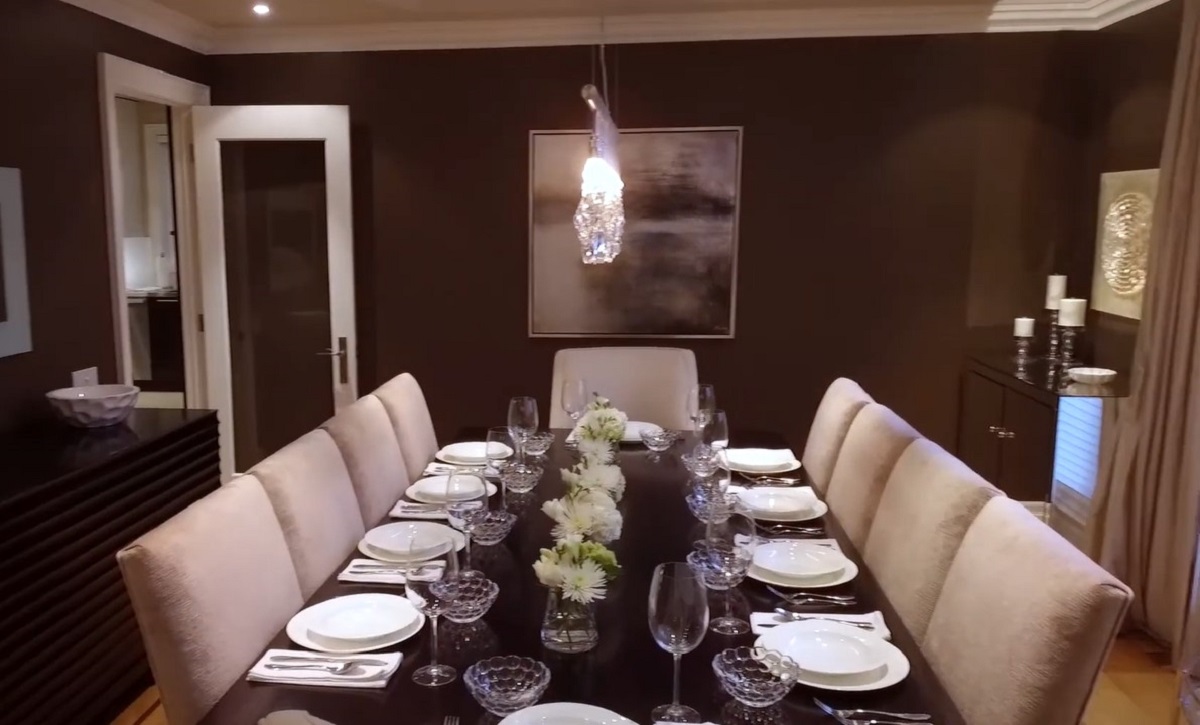
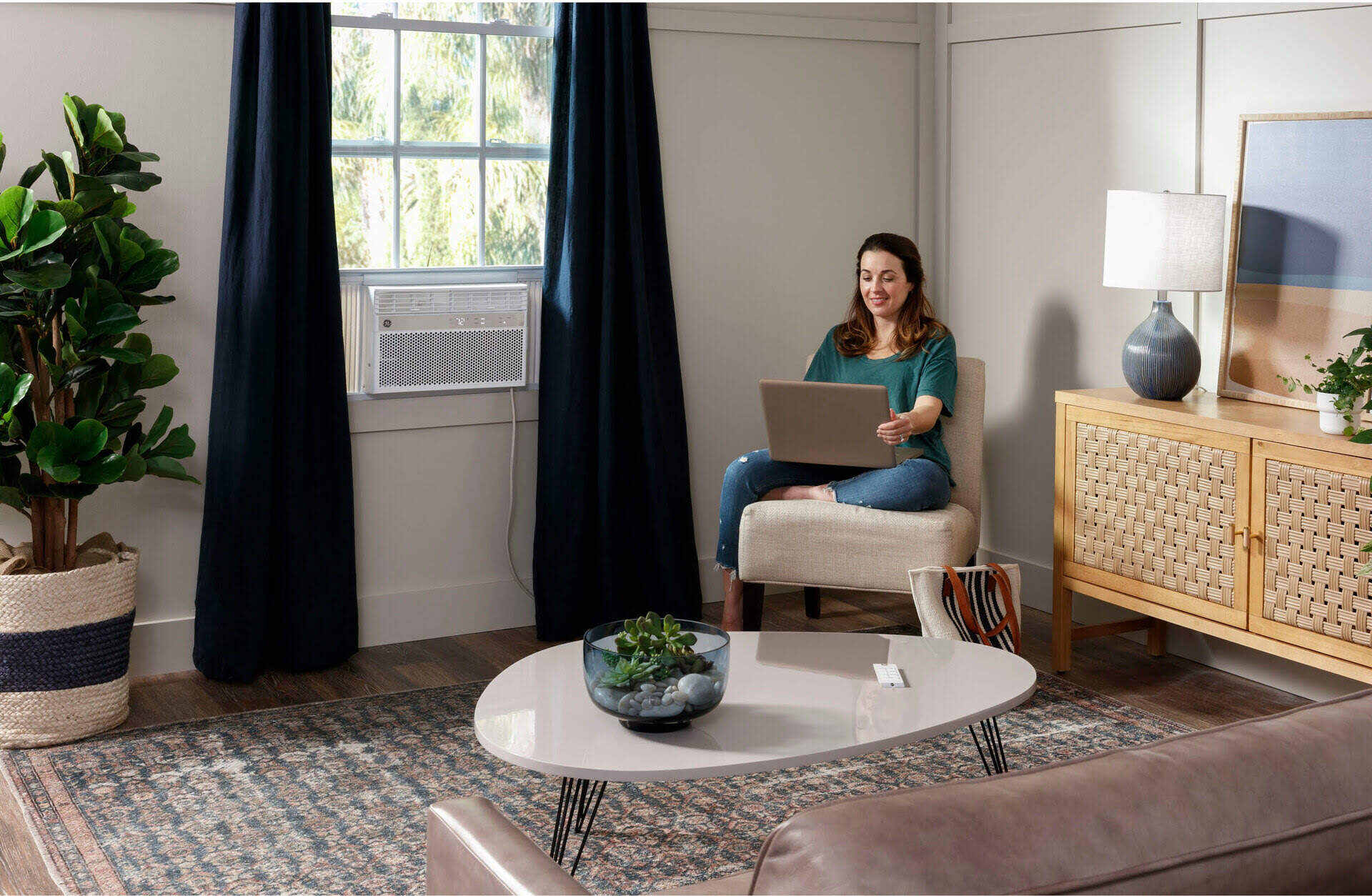
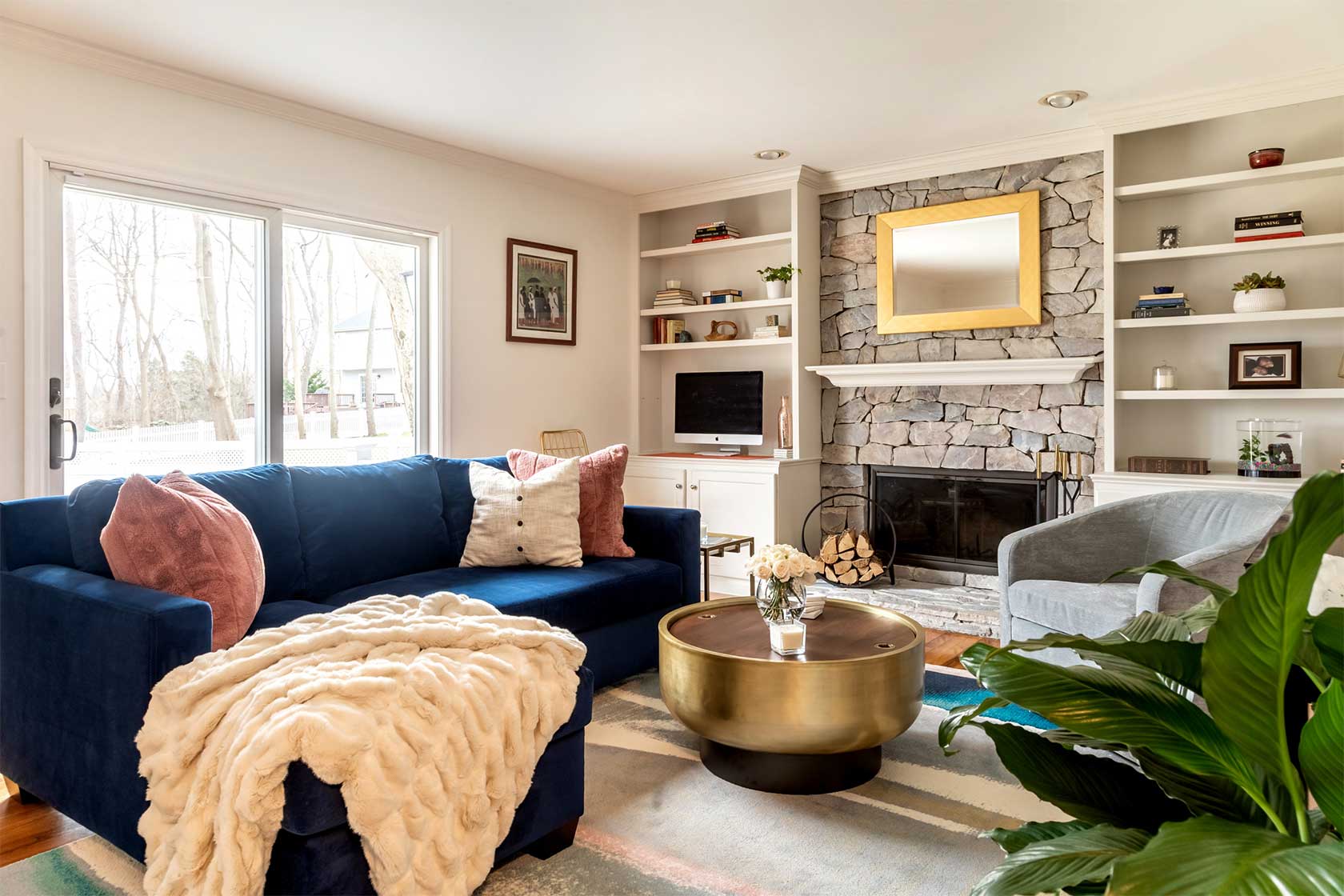
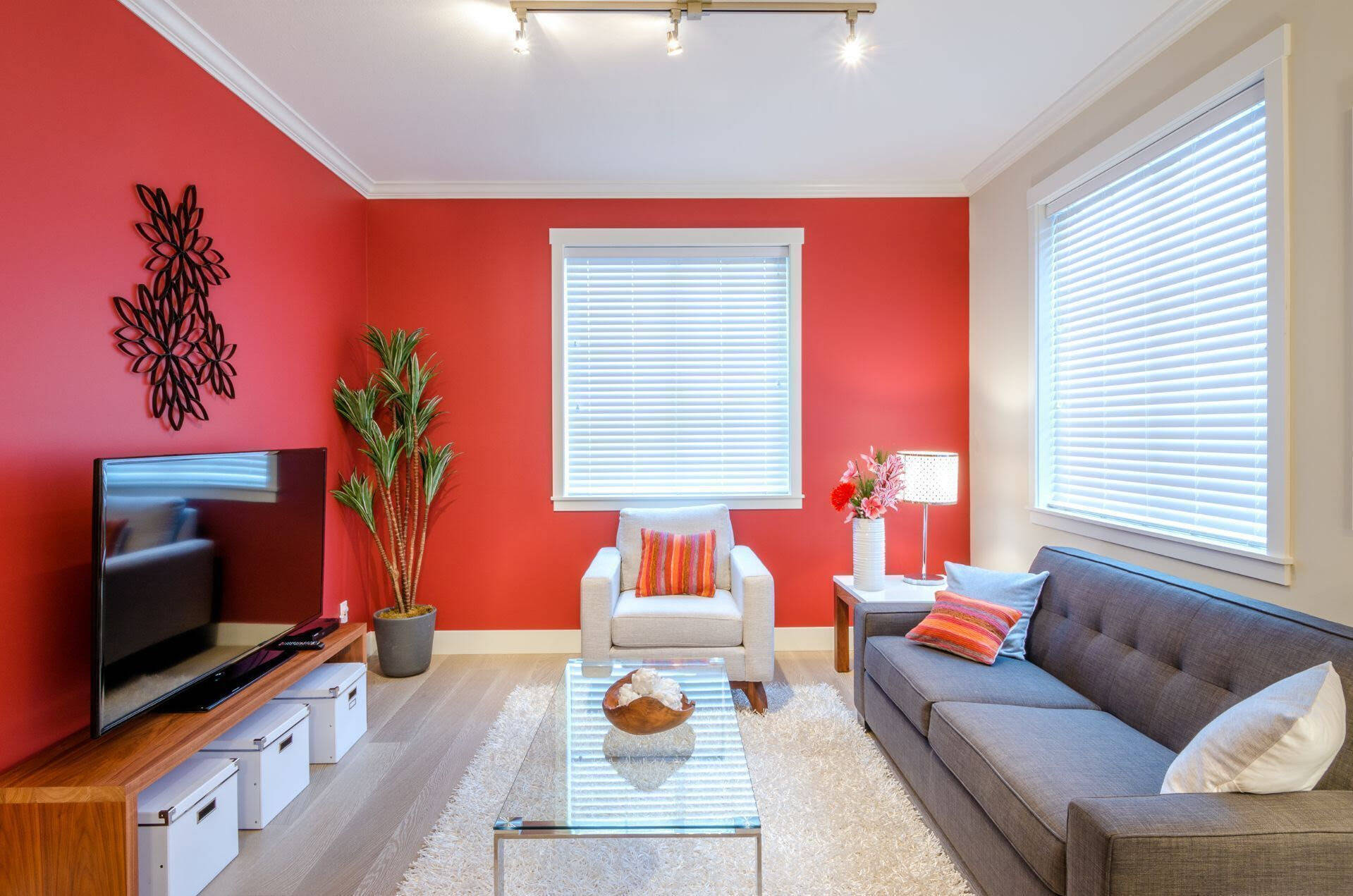

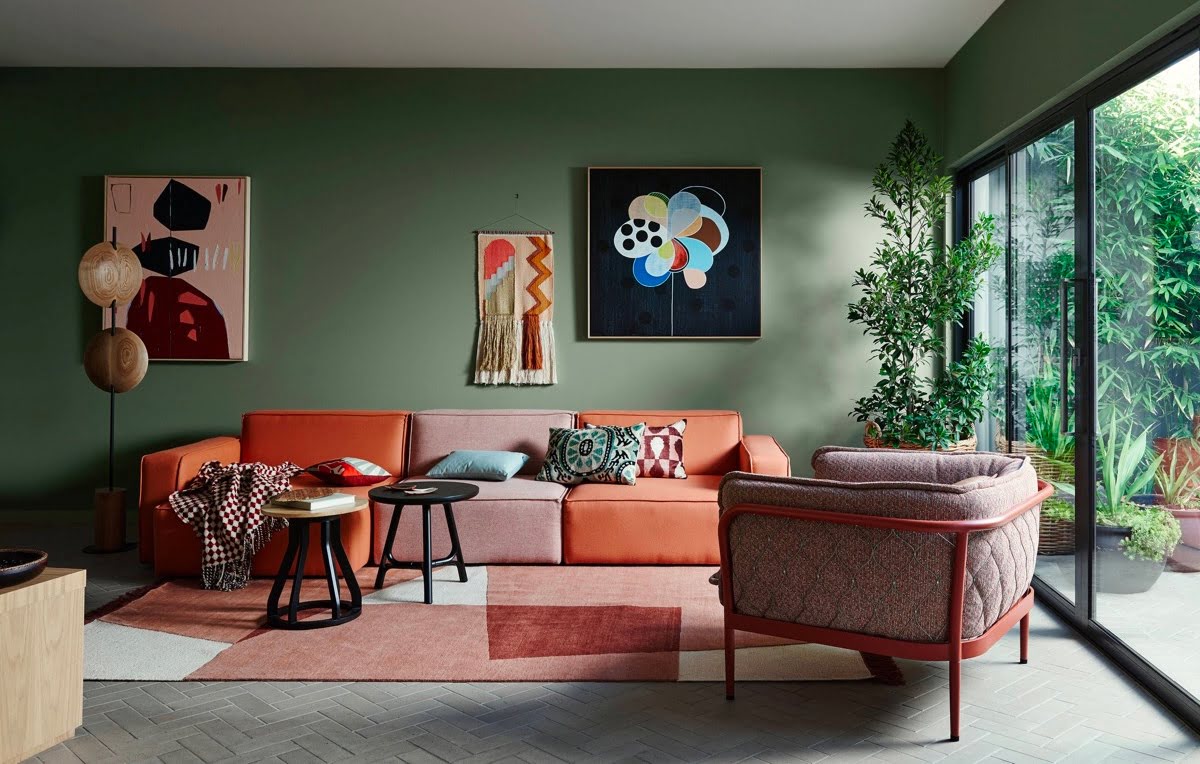

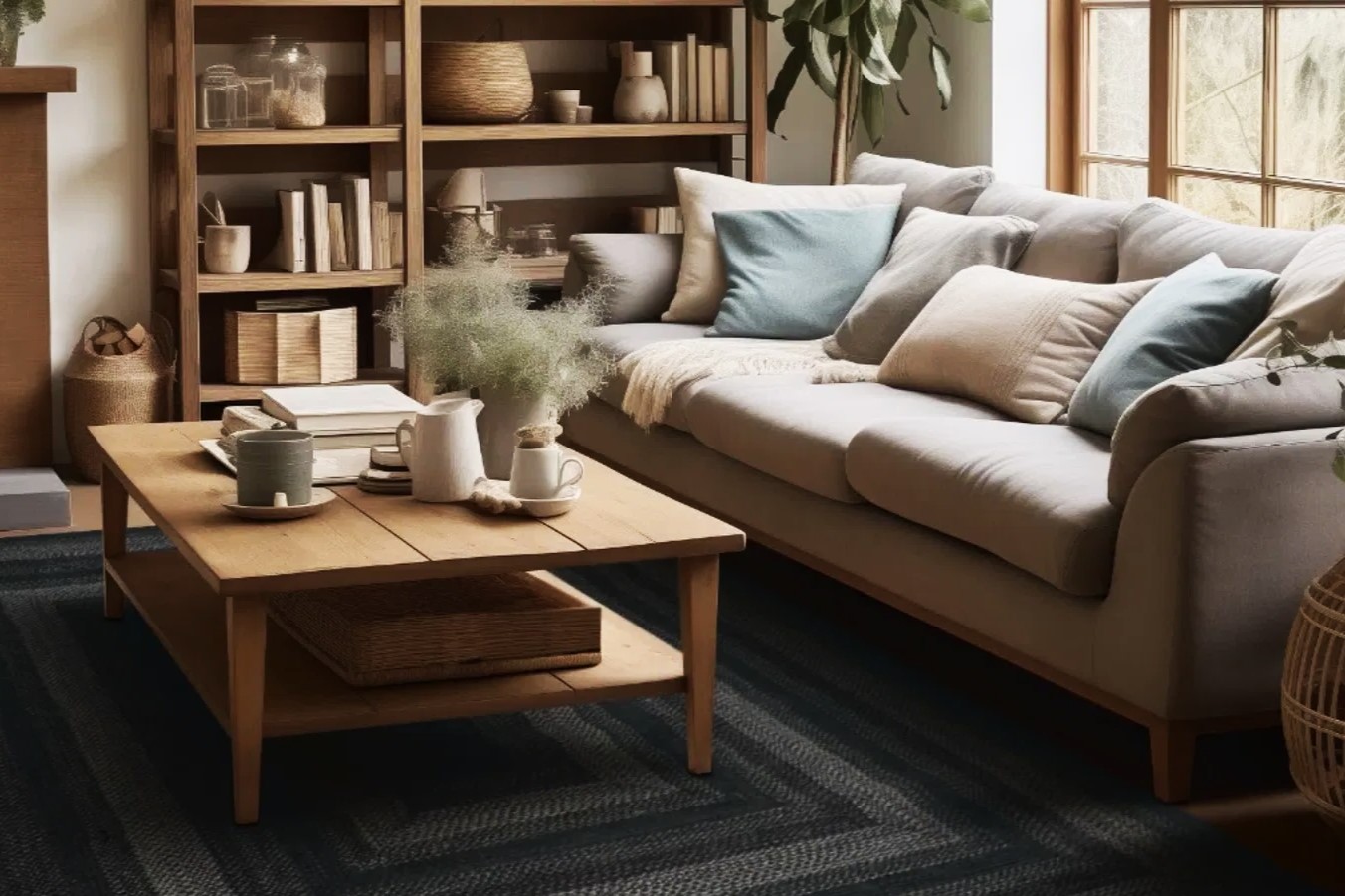
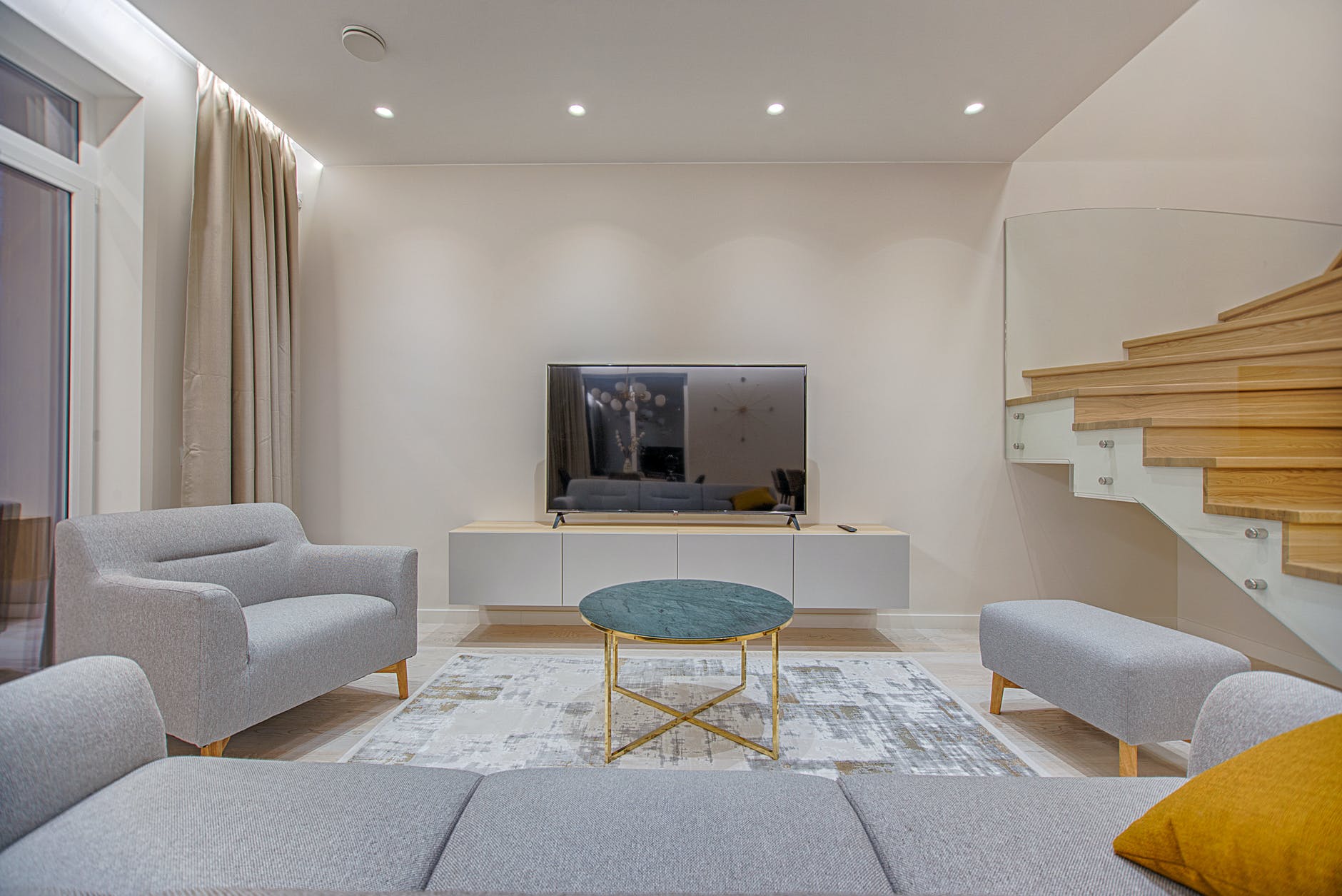
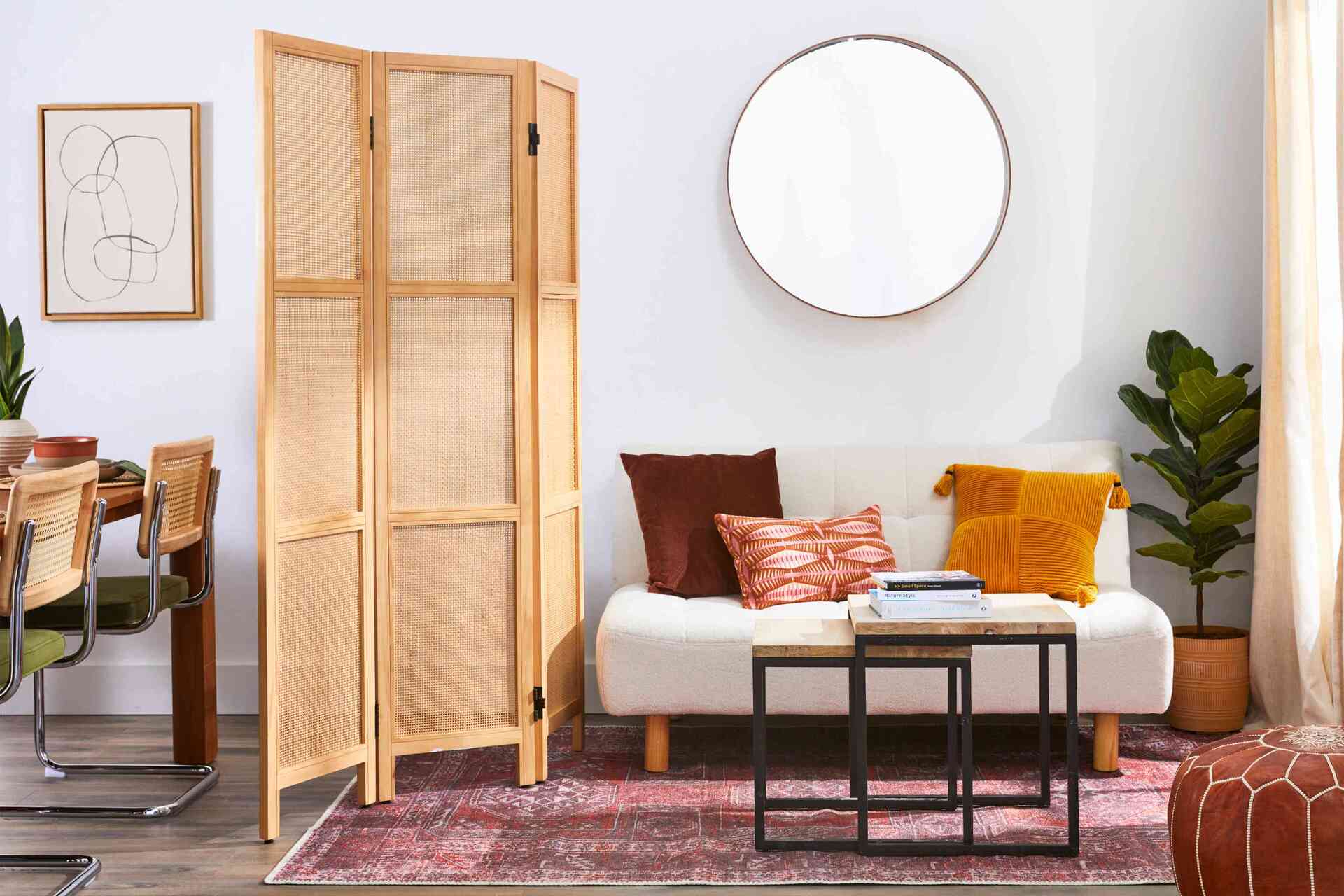
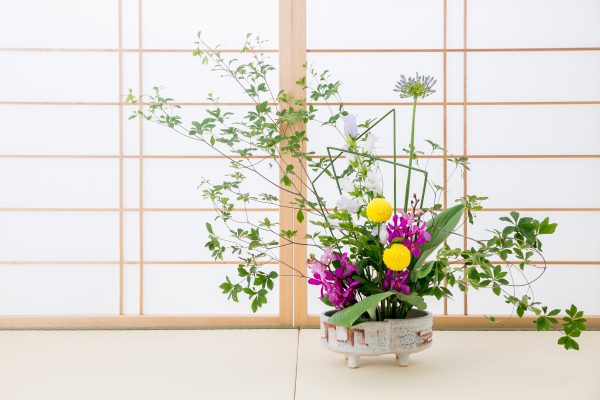

0 thoughts on “How To Stage Your Living Room”